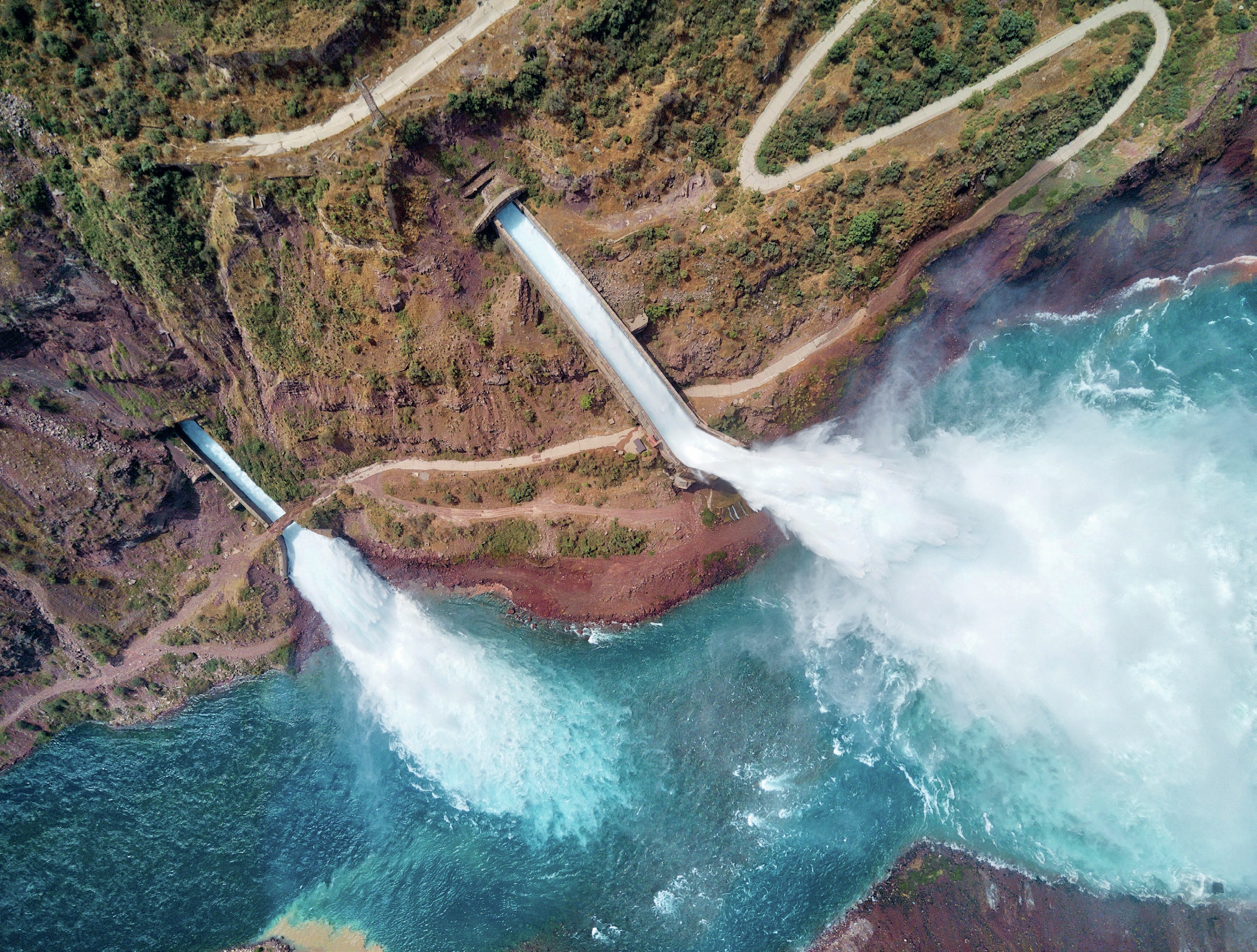
Managing shared water resources across international boundaries can be a cause of conflict (see Making Connections on pages 7–9). ‘Water wars’ between countries have been predicted over these ‘transboundary’ resources. But in fact we are yet to see one country waging war on another because of a shared river or lake they want more access to. Most times, there is a balance between conflict and cooperation over shared waters and this balance depends on the circumstances in each case. Thi article uses the example of the Aral Sea basin in central Asia to look at the transboundary governance of freshwater resources and the challenges involved.
Around two thirds of the Earth’s surface is covered in water. Most of this water is found in our seas and oceans. We cannot drink it or use it in agriculture. Freshwater resources make up only 2.5% of the total volume of water on Earth — around 35 million km3 .
Your organisation does not have access to this article.
Sign up today to give your students the edge they need to achieve their best grades with subject expertise
Subscribe




